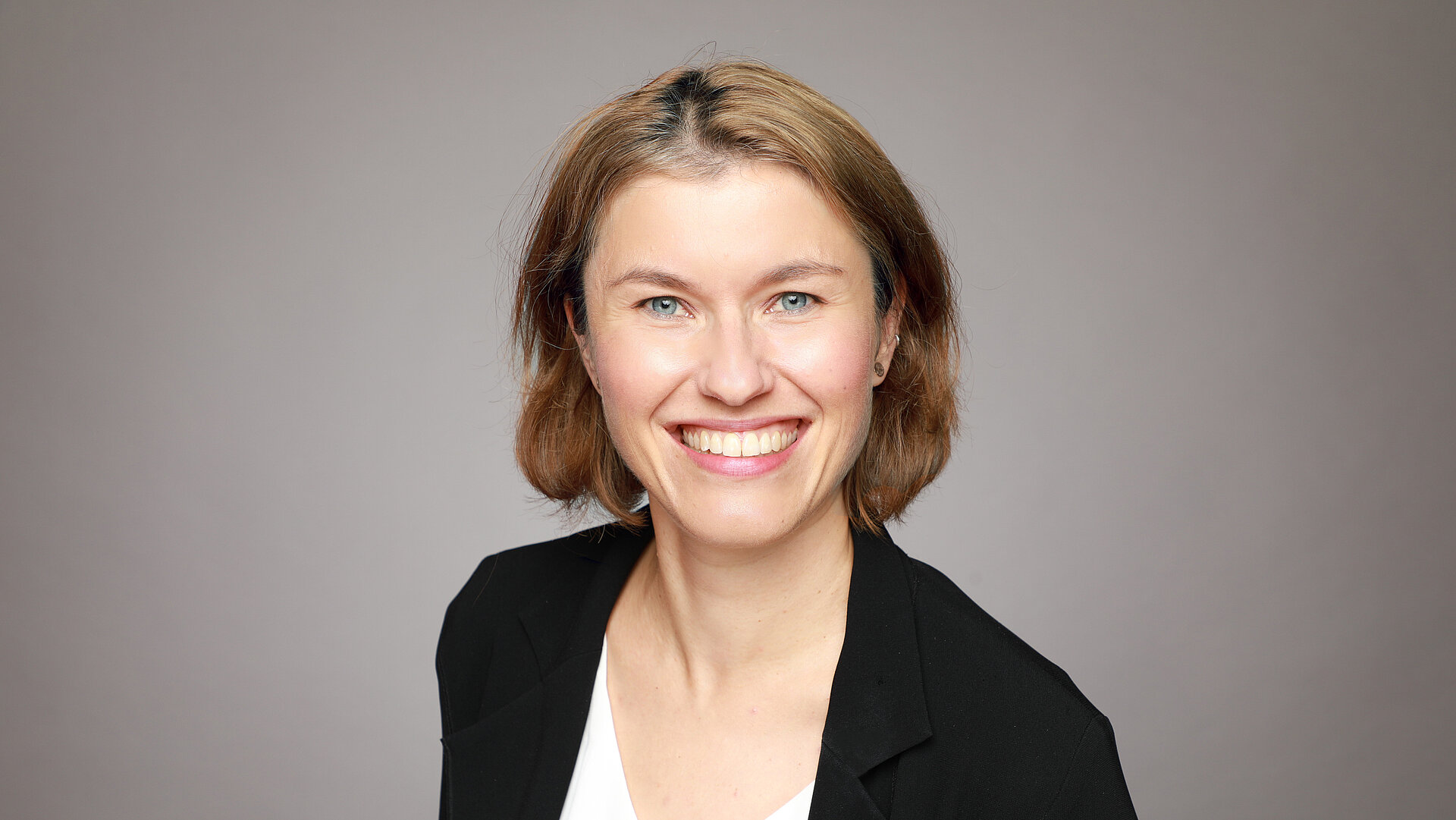
Editorial of Ship&Offshore 4/2024: Everything is connected

Kathrin Lau, Editor in Chief
I dare say that shipping is the biggest melting pot – by definition a place or a situation in which people or ideas of different kinds gradually get mixed together – among the multitude of global industries. No other business brings together so many different nations, people, cultures, beliefs and interests.
Around 1.8 million seafarers are sailing the world at any one time, ensuring the safe transit of raw materials, energy, and manufactured goods along the world’s supply chains. The work is demanding and unique, but there is one thing it should certainly never be: a danger to life.
The loss of life and injuries to civilian seafarers is completely unacceptable, as industry associations proclaimed quite rightly just after the attack in the Red Sea on the True Confidence at the beginning of March. Three seamen on board the Barbados-flagged bulk carrier lost their lives.
The United Nations Convention on the Law of the Sea enshrines the principle of innocent passage through a coastal state’s territorial waters. This long-established international treaty has now been violated. With this, the aggression in the Red Sea that stems from the escalated dreadful conflict in the Middle East, has taken on yet another dimension with impacts on different areas of our lives.
Many shipping companies are now avoiding transits through the Suez Canal and directing vessels around the Cape of Good Hope. The voyage from Singapore to Rotterdam, for example, is extended by nearly 3,500 nautical miles (6,500km) and means container ships will typically spend an extra ten days at sea, while slower bulk carriers could take an additional 15-18 days.
The repercussions are far-reaching. Longer supply chains, more fuel and emissions, reduced ship supply and, ultimately, higher costs for consumers.
Depending on the type of ship, each diversion could cost in excess of USD 1 million, the German Shipowners’ Association recently calculated. If one were to find any benefit here, it may be the postponement of the looming overcapacity in container shipping, which, however, may be inevitable nonetheless.
Everything is connected to everything else, said the German explorer Alexander von Humboldt once. He travelled the world during the 18th century – many times by ship. In his complete works, written over a period of more than seven decades, he created a new level of knowledge and reflection on the world and became a co-founder of geography as an empirical science.
If one looks at current political developments, one wants to agree with him. It is time for the butterfly, whose flapping wings in Brazil could in theory trigger a tornado in Texas, to change them in order to perhaps halt the course of events.
Everything is connected to everything else also holds true for the content of the current issue of Ship&Offshore. When our Managing Editor of the Ship and Offshore Repair Journal and I were putting it together, we realised once again that many articles and reports cannot necessarily be clearly differentiated thematically and could have been sorted into different categories.
The technology segments in our industry don’t just serve one purpose, they serve the shipping industry as a whole. This applies in particular, but not only, to the fields of digitalisation and connectivity. Digitalised and automated systems and services are enablers for greater efficiency, safety and environmental protection; they are not being developed as an end in themselves.
Without them, we would probably see much less progress on the road to a sustainable future for shipping.
